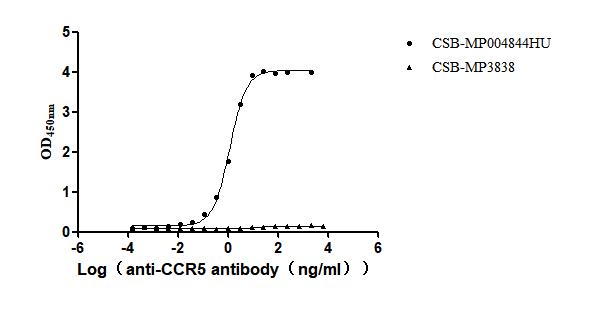Recombinant Human Rod cGMP-specific 3',5'-cyclic phosphodiesterase subunit beta (PDE6B PDEB)
-
中文名稱:
-
貨號:CSB-EP2104HU-B
-
說明書:
-
規(guī)格:
-
來源:E.coli
-
共軛:Avi-tag Biotinylated
E. coli biotin ligase (BirA) is highly specific in covalently attaching biotin to the 15 amino acid AviTag peptide. This recombinant protein was biotinylated in vivo by AviTag-BirA technology, which method is BriA catalyzes amide linkage between the biotin and the specific lysine of the AviTag.
-
其他:
產(chǎn)品詳情
-
純度:>85% (SDS-PAGE)
-
基因名:PDE6B
-
Uniprot No.:
-
別名:Rod cGMP-specific 3',5'-cyclic phosphodiesterase subunit beta; GMP-PDE beta; EC 3.1.4.35; PDE6B PDEB
-
種屬:Homo sapiens (Human)
-
蛋白標(biāo)簽:Tag?type?will?be?determined?during?the?manufacturing?process.
The tag type will be determined during production process. If you have specified tag type, please tell us and we will develop the specified tag preferentially. -
產(chǎn)品提供形式:Liquid or Lyophilized powder Warning: in_array() expects parameter 2 to be array, null given in /www/web/cusabio_cn/public_html/caches/caches_template/default/content/show_product_protein.php on line 662
Note: We will preferentially ship the format that we have in stock, however, if you have any special requirement for the format, please remark your requirement when placing the order, we will prepare according to your demand. -
復(fù)溶:We recommend that this vial be briefly centrifuged prior to opening to bring the contents to the bottom. Please reconstitute protein in deionized sterile water to a concentration of 0.1-1.0 mg/mL.We recommend to add 5-50% of glycerol (final concentration) and aliquot for long-term storage at -20℃/-80℃. Our default final concentration of glycerol is 50%. Customers could use it as reference.
-
儲存條件:Store at -20°C/-80°C upon receipt, aliquoting is necessary for mutiple use. Avoid repeated freeze-thaw cycles.
-
保質(zhì)期:The shelf life is related to many factors, storage state, buffer ingredients, storage temperature and the stability of the protein itself.
Generally, the shelf life of liquid form is 6 months at -20°C/-80°C. The shelf life of lyophilized form is 12 months at -20°C/-80°C. -
貨期:Delivery time may differ from different purchasing way or location, please kindly consult your local distributors for specific delivery time.Note: All of our proteins are default shipped with normal blue ice packs, if you request to ship with dry ice, please communicate with us in advance and extra fees will be charged.
-
注意事項:Repeated freezing and thawing is not recommended. Store working aliquots at 4°C for up to one week.
-
Datasheet :Please contact us to get it.
相關(guān)產(chǎn)品
靶點詳情
-
功能:Necessary for the formation of a functional phosphodiesterase holoenzyme. Involved in retinal circadian rhythm photoentrainment via modulation of UVA and orange light-induced phase-shift of the retina clock. May participate in processes of transmission and amplification of the visual signal.
-
基因功能參考文獻(xiàn):
- Heterozygous mutation in the PDE6B gene can cause a reduction in the rod function to different degrees. PMID: 25827439
- Next-generation whole exome sequencing revealed a homozygous c.1923_1969ins6del47 nonsense PDE6B mutation, which has not been previously described, that segregated with the disease in the family. PMID: 24828262
- The family was found to segregate novel mutations of two different genes: myosin VIIA (MYO7A), and phosphodiesterase 6B, which causes nonsyndromic retinitis pigmentosa. PMID: 23882135
- The p.H557Y mutation in PDE6B, was homozygous in four patients and heterozygous in nine patients, and it was the most frequent mutation (2.5%) in Korean patients with retinitis pigmentosa. PMID: 23049240
- Data indicate the upregulation of RREB1, PDE6B, and CD209 suggests that these proteins might play important roles in the differentiation of primitive gut tube cells from embryonic stem cells (hESCs) and in primitive gut tube development into pancreas. PMID: 21792086
- Mutations have been identified in the beta-subunit of rod phosphodiesterase in consanguineous Pakistani families with autosomal recessive retinitis pigmentosa. PMID: 21655355
- Sp4 is a strong activator of transcription from the beta-PDE promoter PMID: 11943774
- the rod cGMP-phosphodiesterase beta-subunit gene is transcriptionally and post-transcriptionally regulated [review] PMID: 17249578
- Clinical and genetic characterization of a Chinese family with PDE6B is reported. PMID: 18188951
- PDE6B genes and the phenotypic heterogeneity and particularly the severe ocular affection first observed in one Usher syndrome patient. PMID: 18854872
- These studies indicate that the 3' UTR of the PDEbeta mRNA is involved in the complex regulation of this gene's expression in the retina. PMID: 19218616
顯示更多
收起更多
-
相關(guān)疾病:Retinitis pigmentosa 40 (RP40); Night blindness, congenital stationary, autosomal dominant 2 (CSNBAD2)
-
亞細(xì)胞定位:Membrane; Lipid-anchor.
-
蛋白家族:Cyclic nucleotide phosphodiesterase family
-
數(shù)據(jù)庫鏈接:
Most popular with customers
-
Recombinant Macaca fascicularis Delta-like protein 3 (DLL3), partial (Active)
Express system: Mammalian cell
Species: Macaca fascicularis (Crab-eating macaque) (Cynomolgus monkey)
-
Recombinant Human Epithelial discoidin domain-containing receptor 1 (DDR1), partial (Active)
Express system: Mammalian cell
Species: Homo sapiens (Human)
-
Recombinant Mouse Claudin-18.2 (Cldn18.2)-VLPs (Active)
Express system: Mammalian cell
Species: Mus musculus (Mouse)
-
Recombinant Human Transferrin receptor protein 1 (TFRC), partial (Active)
Express system: Mammalian cell
Species: Homo sapiens (Human)
-
Recombinant Mouse Gastric inhibitory polypeptide receptor (Gipr), partial (Active)
Express system: Mammalian cell
Species: Mus musculus (Mouse)
-
Recombinant Human Serine/threonine-protein kinase receptor R3 (ACVRL1), partial (Active)
Express system: Baculovirus
Species: Homo sapiens (Human)
-
Recombinant Human Tumor necrosis factor ligand superfamily member 15(TNFSF15) (Active)
Express system: Mammalian cell
Species: Homo sapiens (Human)
-
Recombinant Human C-C chemokine receptor type 5 (CCR5)-VLPs (Active)
Express system: Mammalian cell
Species: Homo sapiens (Human)


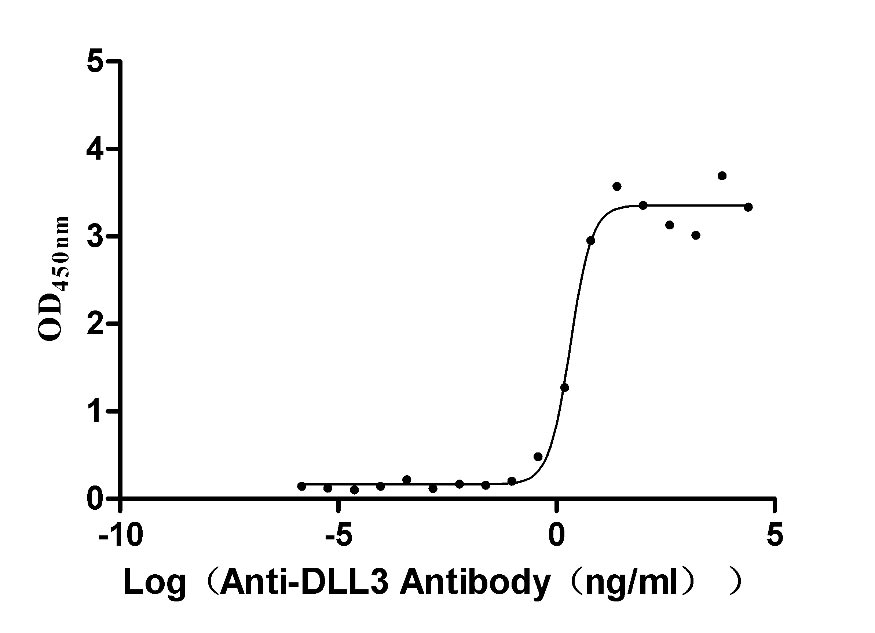

-AC1.jpg)
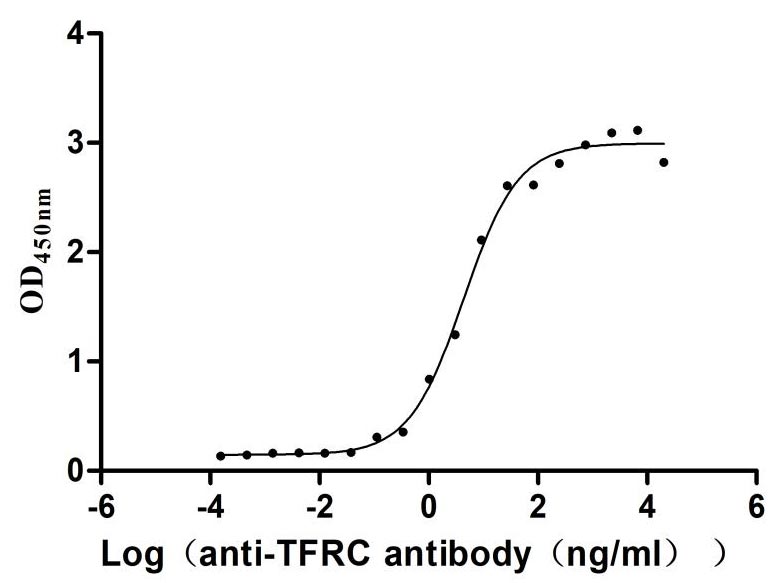
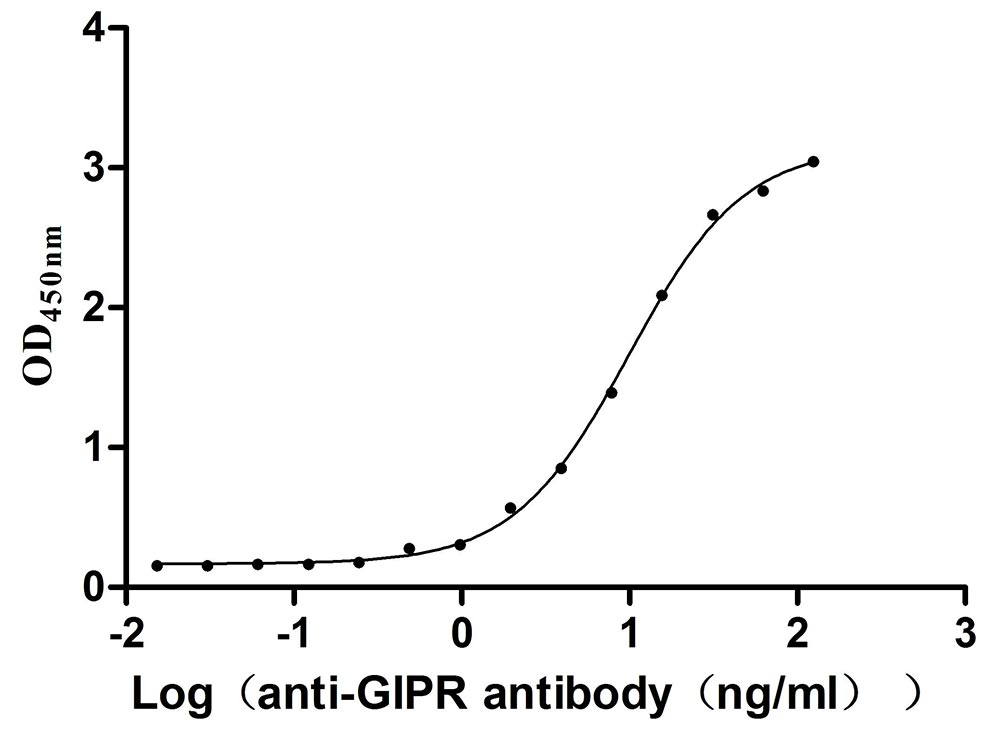
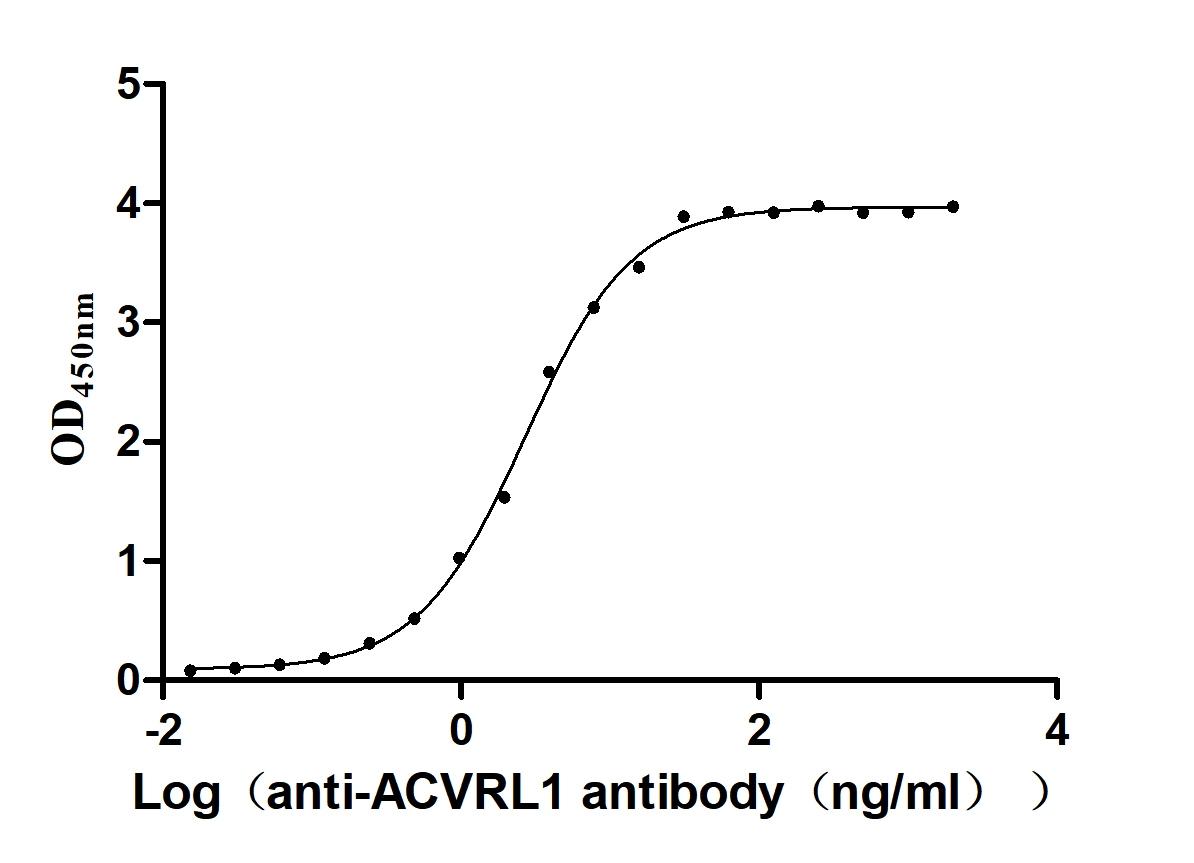
-AC1.jpg)
